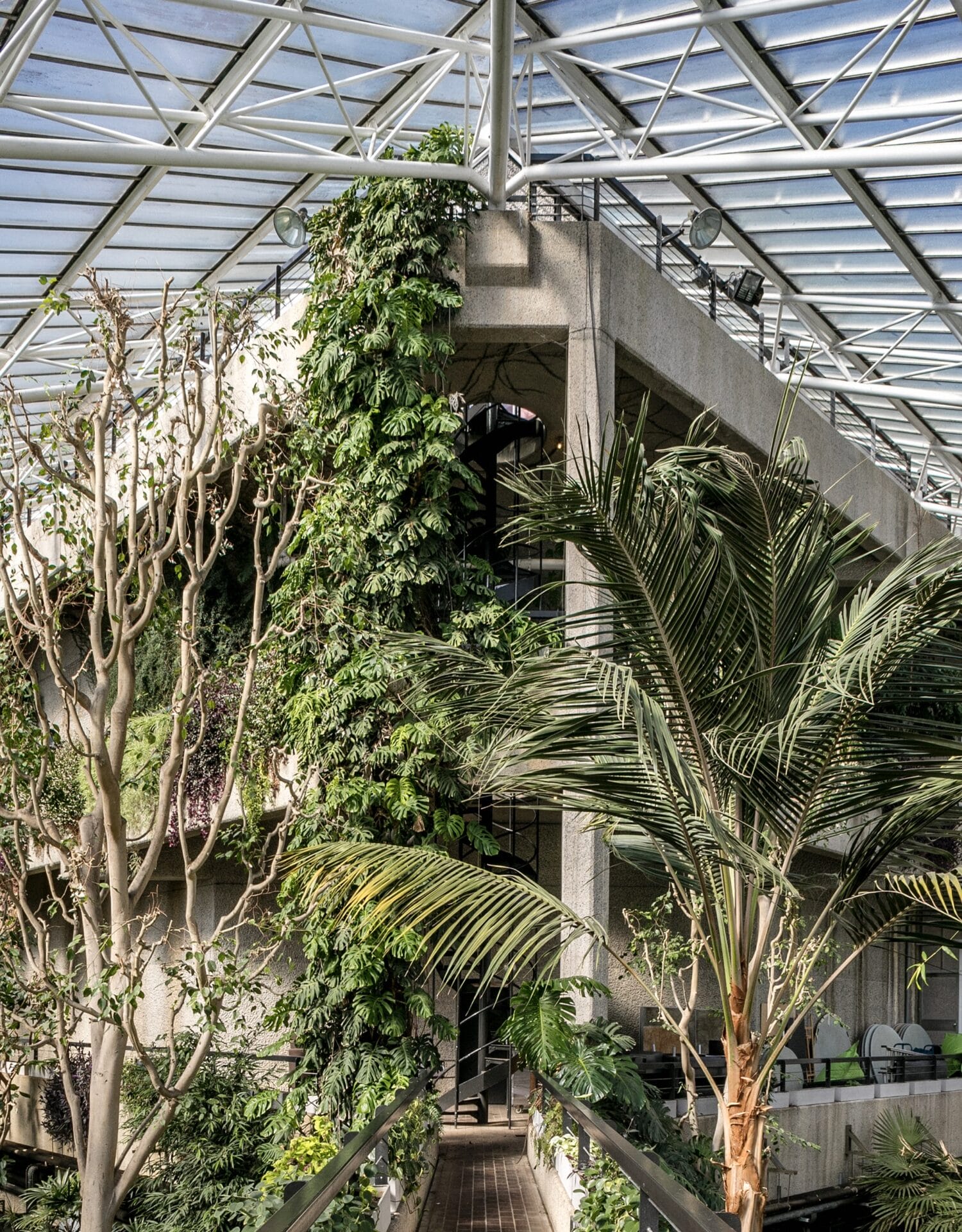Photos by Scott Lynch. All images © Suchitra Mattai, courtesy of Socrates Sculpture Park, shared with permission
Situated along the East River in Long Island City, New York, a new outdoor public installation by Suchitra Mattai invites visitors to consider how history, heritage, and cultures connect across land, oceans, and time. We are nomads, we are dreamers at Socrates Sculpture Park comprises six monumental forms evocative of continents or ancient monuments, cloaked in woven vintage saris. Reflecting themes of femininity and fertility, a series of seven sack-like sculptures are suspended from branches in a nearby grove of trees.
Mattai draws on her South Asian heritage and her ancestors’ migration from India to British Guaiana on South America’s north Atlantic coast—now Guyana—as indentured laborers in the 19th century. Mattai was born in Georgetown, Guyana, which sits at the southwestern edge of the Caribbean Sea, an area violently colonized by Europeans beginning in the late 15th century. “I seek to expand our sense of ‘history,’” Mattai says in a statement. “Re-writing this colonial history contributes to contemporary dialogue by making visible the struggles and perseverance of those who lived it.”
The exhibition’s title, We are nomads, we are dreamers, reflects upon centuries of transatlantic migration experiences in addition to the the artist’s own personal transitions. She often focuses on women’s labor, incorporating materials and practices usually associated with domesticity, such as weaving, fiber, and embroidery.
Mattai’s use of the sari, a garment worn by Indian women with origins tracing back thousands of years, kindles relationships between history, the body, gender, and personal expression. She collects the robe-like pieces in a variety of patterns and colors, then repurposes them into densely textured sculptures, “creating a dialogue with the original makers and the time periods in which they were cherished,” she says, adding:
Thinking about colonization in Guyana and the rest of the Caribbean is a way of tracing my family’s history in Guyana and India and of fostering discussion around contemporary issues surrounding gender and labor. Combining, re-contextualizing, and reconfiguring disparate materials is a way of making sense of the world around me and of reconciling multiple cultural spheres that I inhabit as an Indo-Caribbean woman.
We are nomads, we are dreamers continues through August 25. And if you’re on the other side of the country, you can see the artist’s work at the Institute of Contemporary Art San Francisco in the solo exhibition she walked in reverse and found their sounds, which is on view through September 15.
Find more on Mattai’s website, and follow updates on Instagram.
Do stories and artists like this matter to you? Become a Colossal Member today and support independent arts publishing for as little as $5 per month. The article With Vintage Saris, Suchitra Mattai Weaves New Visions of Colonial History appeared first on Colossal.


